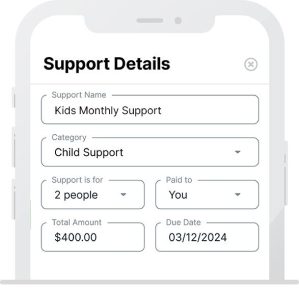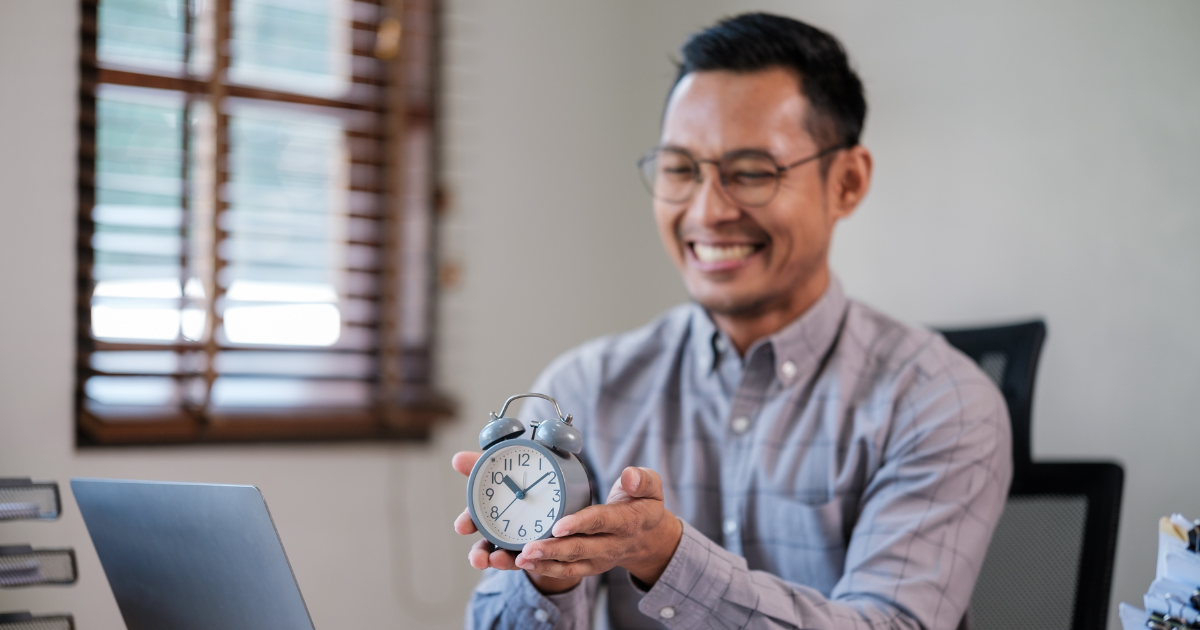Literacy Development: A Guide
Literacy development is the process of learning words, sounds, and language. Children develop literacy skills to learn to read and write confidently and improve their communication skills. The stages of such development vary depending on the child but this guide gives a fundamental outline of what a professional should understand if they are to help children. Children learn language and literacy through various mediums and understanding a child’s literacy is key for helping them in terms of their education and future beyond. Comprehension of literacy development at home and how to address each of the stages of literacy development in children will help set up educators, students, and all involved in the lives of children for success.
Why Literacy Development Matters?
Understanding the importance of literacy development is universally acknowledged, recognizing the significance of reading and writing in one’s education. The optimal period for learning these skills is during early childhood, emphasizing the need for effective support at each stage of literacy development. Reasons for prioritizing early development encompass various aspects:
- Proficient literacy capabilities in children contribute to reduced academic challenges and foster a resilient approach to education, ensuring future success.
- Literacy skills play a crucial role in promoting independent learning, fostering consistent growth both inside and outside the classroom.
- Literacy development has a profound impact on how students communicate and solve problems, with those possessing strong literacy skills often exhibiting improved cognitive abilities.
This underscores the critical role of literacy, including emergent literacy, language development, and the acquisition of reading and writing skills during preschool years. Encouraging children to read aloud, facilitating their progression through the five steps of literacy development, and supporting their comprehension and learning of new words are integral components of effective literacy development strategies.
Early Literacy Development Stages in Children
Children’s literacy and reading abilities go through crucial stages of development, shaping their skills and understanding from early childhood through various developmental phases. Literacy instruction plays a key role in this process, emphasizing the importance of developing strong literacy skills at home. The stages of reading development in children, including emergent literacy, alphabetic fluency, words and patterns, intermediate reading, and advanced reading, contribute to the overall literacy achievement. The last part of literacy development allows children to rely on self dependent reading for learning, highlighting the nature of literacy as an evolving process. Conversations with children, starting from ages 6 and continuing through ages 9, play a significant role in supporting early literacy experiences. It’s important for children to identify meaning in words, master foundational literacy skills, and engage in literacy activities during early learning. Understanding literacy development, especially for English language learners, involves recognizing the four stages and supporting children as they enter the exciting journey of literacy acquisition. Reading aloud to children and encouraging literacy practices at home are essential components of successful literacy development, fostering good literacy habits that benefit children and adults alike.
The Five Stages of Literacy Development
As a child grows older and demonstrates the key stages of literacy development they will enhance their reading and writing ability. The five phases of literacy development include emergent literacy, alphabetic fluency, words and patterns, intermediate reading, and advanced reading. Each stage of literacy development helps the child move forward and become a stronger student. Keep in mind that a child’s current age group doesn’t necessarily mean that they’re at that step in their early literacy development.
Stage 1: Emergent Literacy
4-6 years old.
As this beginning stage of literacy development, a child begins to understand letters and words. While many of the behaviors of the emergent literacy stage are not fully formed and irregular, these are still some of the first signs that a child is well on its way to literacy growth.
Here are Some Behaviors of Stage 1 Learners:
- Pretending to be able to read children’s books.
- The ability to recognize the first letter of their name.
- Singing the ABCs, even if unable to identify letters separately.
- The ability to recognize letters and perhaps even their sound in the environment around them.
Stage 2: Alphabetic Fluency
6-7 years old.
As a child ages and becomes more comfortable with learning words and letters, they enter the alphabetic fluency stage of literacy development.
Here are Some Behaviors of Stage 2 Learners:
- They no longer “pretend” to read.
- Finger-pointing to words while reading them.
- Beginning to recognize words.
- Admitting that they’re incapable of reading certain words.
- Using pictures and context clues to figure out certain words.
- Reading out loud word by word.
Stage 3: Words and Patterns
7-9 years old.
At the intermediate stage of literacy development, the words and patterns stage is when children begin to develop strong reading skills. This is the stage when children can vary the most in terms of skills and may leap through many stages of literacy development.
Here are Some Behaviors of Stage 3 Learners:
- Less decoding of words and stronger ability to comprehend readings.
- Self-correction when what is read is unclear.
- Easier time grouping letters and sounding them out with precision.
- Able to recognize words that pop up – most often, automatically.
- Less reliance on context clues to make sense of unknown words.
- Ability to spell complex consonant words like “-tch”.
Stage 4: Intermediate Reading
9-11 years old.
During the intermediate reading stage of literacy development, children begin to rely more on their own abilities, rather than what is provided to them in school or by teachers, to learn new words. This is also when children become able to write out sentences with accuracy and speak more fluently.
Here are Some Behaviors of Stage 4 Learners:
- Reading new information and writing for various purposes.
- Less struggling with independent reading.
- Taking in and exploring different literary perspectives.
- Reading longer texts, such as textbooks, with little difficulty.
- Ambition and motivation to learn new words.
Stage 5: Advanced Reading
11-14 years old.
This is the last stage of literacy development, where advanced reading becomes fully fluent for a child and they are capable of relying on self-dependent reading to learn new things. Reading and writing are not very difficult and students can process complex readings during this stage.
Here are Some Behaviors of Stage 5 Learners:
- The desire to read myriad types of materials.
- Reading becomes a daily tool for learning new information.
- The ability to create long texts such as essays or research reports.
- Readers usually have a well-defined understanding of the meaning and semantics of words.
SupportPay encourages Child Literacy Month and all professionals who aspire to help children in their respective fields.









